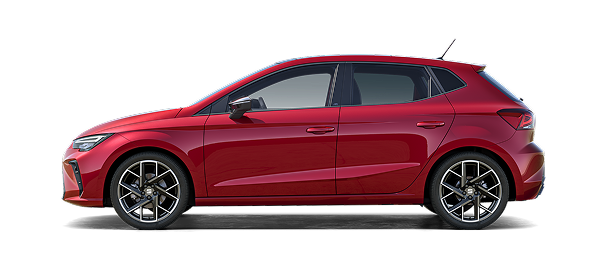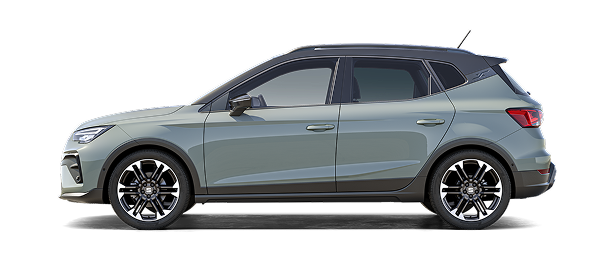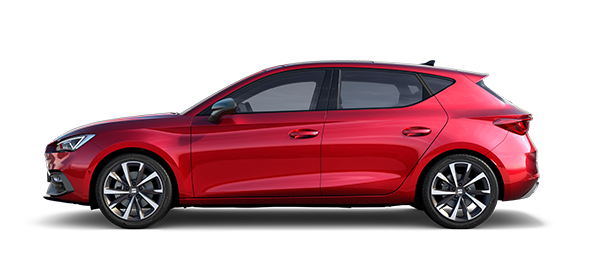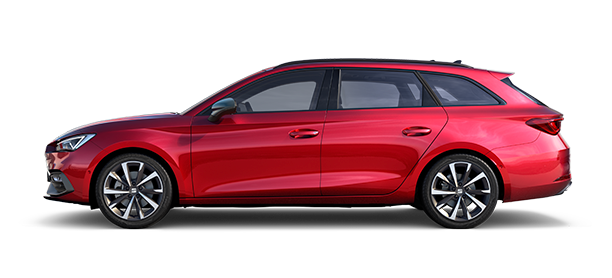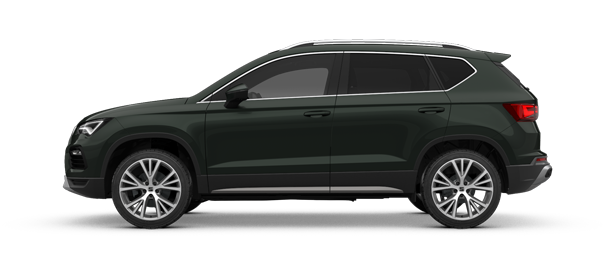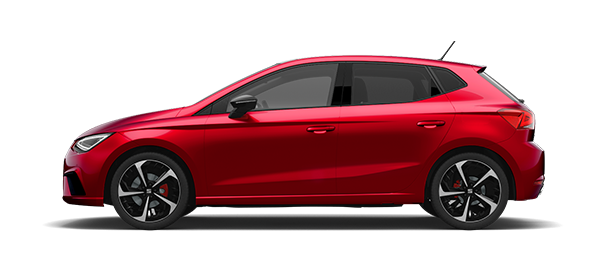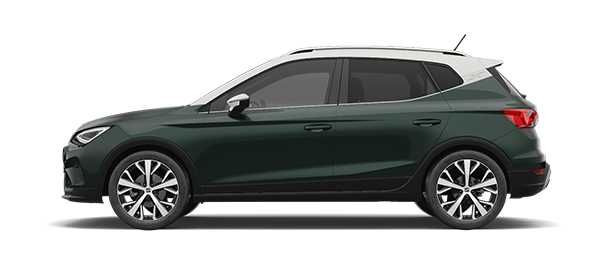In tune with the future.

If you were to ask drivers how many antennas they think a car has, many would say one, the one for the radio. But nothing could be further from the truth. There are many more than you could imagine, and they affect systems as important as safety or connectivity. Although they tend to go completely unnoticed, they are essential in today's cars and will be even more so in the cars of tomorrow.
From your car to the world
“Antennas are the means of communication between the occupants of the vehicle and the outside world”, explains Mareike Gross, head of Electric Systems, Package and Cybersecurity at SEAT. They are metallic structures that transform electrical energy into electromagnetic waves, acting as both receiving and emitting elements. “The car needs to constantly receive and broadcast information through the air; that is their function”, says César de Marco, who heads the Antenna department at SEAT.
More than just the radio
The new SEAT Leon is our first fully connected car.
Several antennas are required just to tune in to the AM, FM and DAB digital radio stations, but cars also have other antennas with different functions, all of which are essential. The 4G telephone antennas are for connectivity services, some safety assistants, such as the emergency call, and to improve the mobile coverage of the occupants. Then there are antennas for navigation and vehicle positioning (GPS) and Bluetooth and WiFi, while others are used for managing access to the vehicle or even for remotely switching on the heating.
An invisible guarantee
We all know how annoying it is to listen to a radio with static interference, and how important it is to be able to hear incident warnings. Antennas have a direct impact on comfort and safety. That's why the SEAT team that designs and develops them has made it their mission to ensure optimum communication quality at all times. The challenge is not easy, as a car is on the move and often drives through areas with difficult conditions, such as low level reception. “For greater reception, for example, we work with the diversity system, which consists of several antennas with the same function in order to select the one that offers the best signal”, says César.
Where you least expect them
The number of antennas depends on each vehicle, although today none has fewer than 10. SEAT's first fully connected car, the fourth generation Leon, has 16. The roof is the best place to mount them, because it's at the top of the car, allowing greater reach in every direction. That's why up to four functions- GPS, 4G telephony, WiFi and remote control of the heating- are integrated into the shark-fin antenna (the electronic replacment of the long, old-fashioned aerial rods). But that is not enough. “The number of antennas we have to install forces us to look for other places and any non-metallic element is a possibility, from the linear layout of the heated rear window to the bumper and door handles”, César points out.
The keys to the future
If ensuring communication is essential today, tomorrow it will be even more crucial. “With autonomous cars, equipped with 5G technology, exchanging data with the cloud in a split-second, antennas must ensure a 120% connection with the exterior”, explains César, who expects there will be 10 more antennas in a few years time. The number will increase for entertainment services (augmented reality, 4K video streaming or online games), to improve vehicle GPS positioning, and for autonomous and connected car services and safety. “Imagine the signal accuracy the software must receive in order to analyse the surroundings, and for example, brake the car to avoid a pedestrian”, says César. “Antennas are the key that unlocks the door to future mobility”, concludes Mareike.
The 16 antennas of the new SEAT Leon
These are the antennas on brand's first fully connected, and safest, model.
5 Radio broadcasting antennas: analogue (AM/FM) and digital (DAB)
1 Shark-fin antenna:
- Navigation and positioning (GPS)
- WiFi and Bluetooth
- 4G telephone service
- Remote heating control
3 4G telephone antennas:
- For connected services
- Safety functions (emergency calls)
- Enhanced mobile reception for occupants
2 Bluetooth and WiFi antennas:
- Linking the vehicle's infotainment system with user mobiles
- Enable the Hands-free, Full Link and WiFi Hotspot functions
5 Vehicle access method management antennas:
- Remote control door opening
- KESSY and Digital Key systems (which also turn the ignition on and off via the anti-theft immobiliser)





